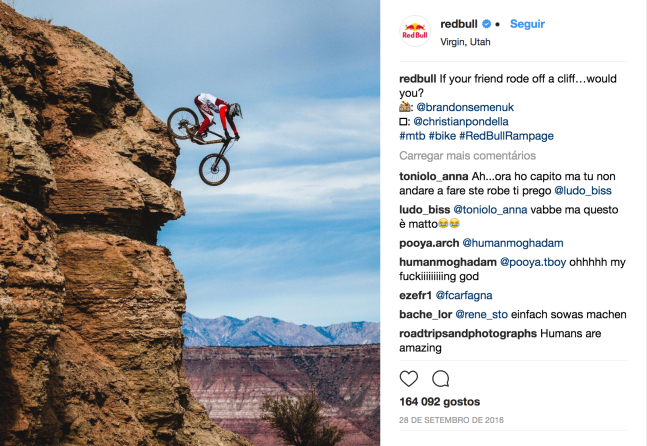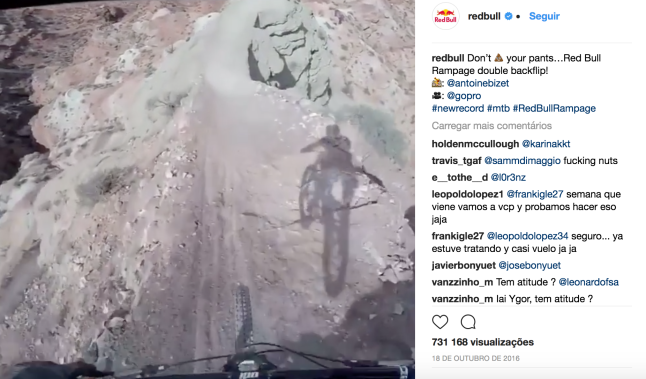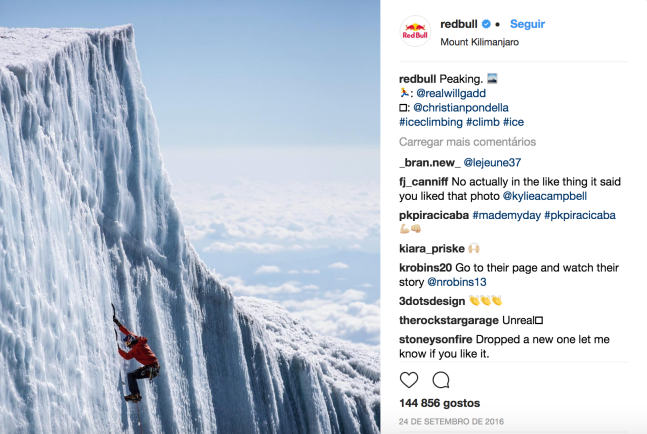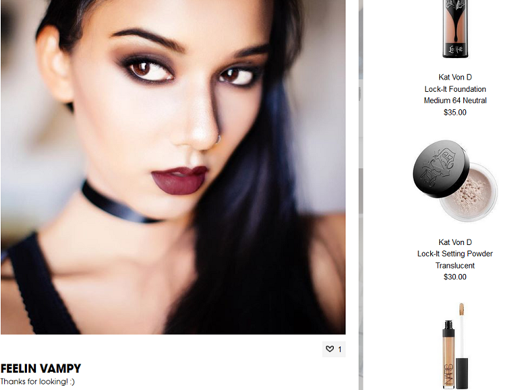Names like Coca-Cola are household names. These brands automatically render up images of America, especially Coca-Cola with its many branding extras that the company has been able to put out over the years.
Coca-cola is a brand that doesn’t need an introduction. This brand started in a world much different than the world we live today. Now, we have the digital world, a world that is endless in possibilities and includes websites, blogs, and other digital assets that are designed to increase branding in the virtual environment.
No one can deny that the website of a brand is the most important part of this mix. No matter how good your podcasts, videos, and other assets are, your website should stand out.

When you go to Coca-Cola’s website, you are greeted with an attractive, minimalist design that focuses on what the brand is about: Coke (the drink of course!). It’s interesting that the Coca-Cola brand focuses solely on the soft drink on their website because most of their other advertising deviates from this notion.
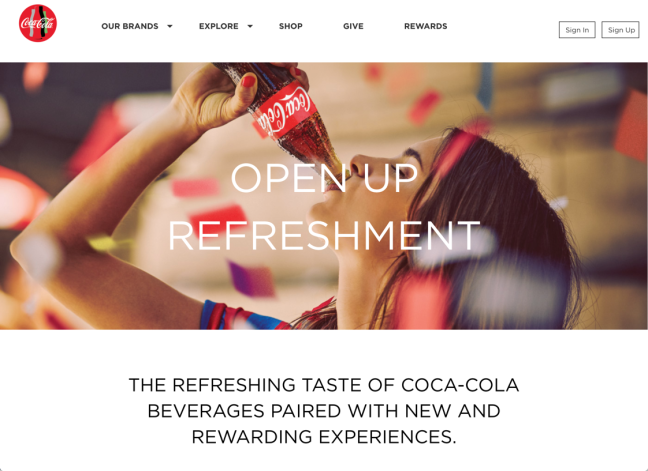
Instead, their videos on YouTube and other digital media seem to focus more on the personality of the business rather than the drink itself. The idea in most of their ads is to “share a Coke” with others. This theme is still prevalent on their website, but first, the customer sees a statement about their product in which they say, “The refreshing taste of Coca-Cola beverages paired with new and rewarding experiences.”
This seems to create an intimate relationship between the great-tasting Coca-Cola product and the personality of the brand which seems to be all about sharing and caring.
There are other opportunities offered to their customers who visit their websites such as mobile app downloads and games, product facts, and more.
The site is modern while also traditional, simple but stocked with value. This reflects the dedication the company seems to have towards the physical product they create and the human interactivity of the business.
Aspects of Website Designed Model (Karayanni and Baltas, 2003)
#1. Content: We definitely agree that Coca-Cola website contains a lot of information related to the company, with content that will interest their customers for sure. A visitor could go to this site and know what the brand is about.

#2. Interactivity: This is one of the most important aspects of a site as you want part of the customer journey to take the customer to other places where you have some digital assets such as Facebook or Twitter. Coca-cola should improve this because they just featured the links to their social media in a place near the bottom that was barely noticeable.
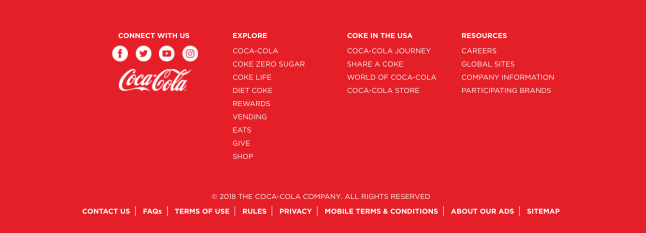
#3. Multimedia Design: The more time that a user spends on your site, the greater chance of them remembering your site and visiting you again or even placing an order with you; and Coca-Cola does this brilliantly. The website is full of images and you wouldn’t mind spending a few minutes there just to discover more and more.
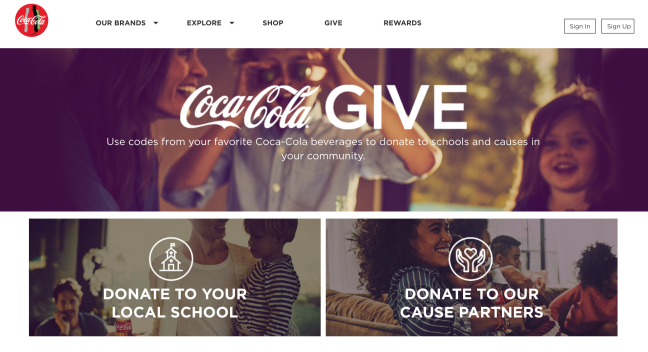
#4. Navigation: Navigation on a website refers to how the menu is set up and how the viewer finds where they need to go. One of the most frustrating things is being on a website and not being able to figure out where to go. Coca-Cola is very simple when it comes to this section, it is easier to navigate and find what we want to see.




